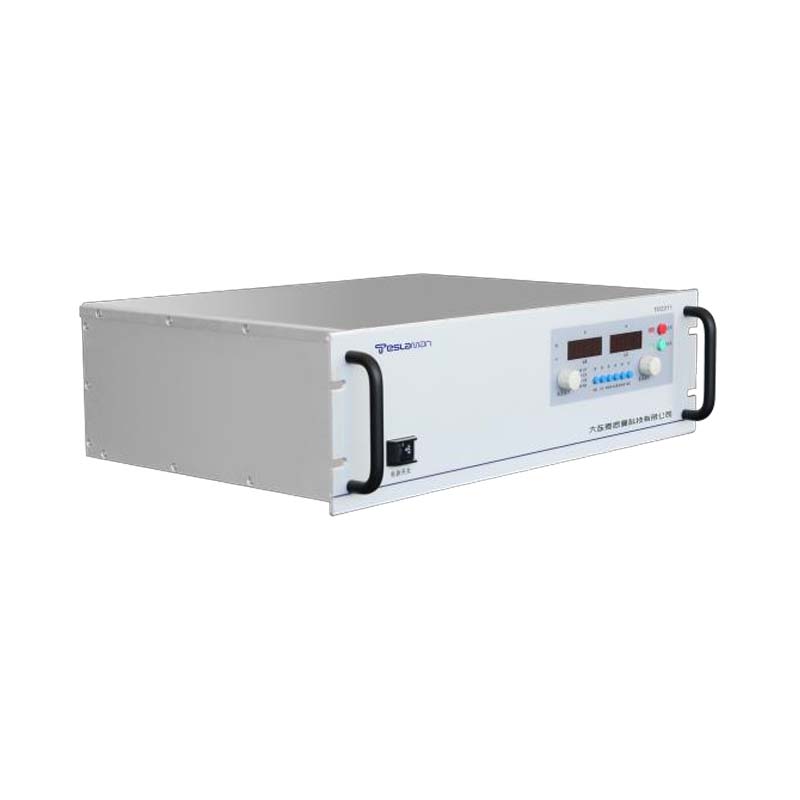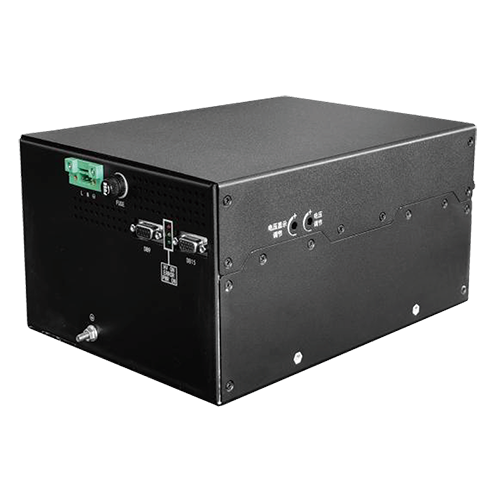Localization and Reliability Enhancement of Power Systems in Lithography Equipment
The pursuit of localized high-voltage power systems in lithography equipment has accelerated as semiconductor manufacturing increasingly prioritizes supply-chain resiliency, engineering independence, and long-term maintenance stability. Lithography tools depend on a dense network of high-voltage subsystems that energize illumination sources, actuate precision optics, stabilize electrostatic chucks, and support environmental conditioning modules. Localizing these power systems requires not only the ability to replicate advanced electrical architectures but also the establishment of a comprehensive reliability framework that ensures stable operation under extremely demanding exposure conditions.
A primary challenge lies in ensuring that localized high-voltage systems can meet the stringent precision requirements of lithographic illumination. Whether the system uses pulsed or continuous illumination, microsecond-level stability of voltage and current directly impacts photon uniformity, spectral coherence, and beam-shaping accuracy. Localization efforts must therefore focus on ultra-low-ripple conversion topologies, precise voltage-feedback networks, and noise-attenuation structures that eliminate fluctuations capable of degrading critical dimension control. Advanced digital control loops capable of high-resolution compensation help match or exceed the performance of legacy imported systems, ensuring stable exposure even during long-duration high-throughput operation.
Reliability enhancement also involves optimizing the high-voltage drivers responsible for electrostatic wafer clamping. These clamps must maintain consistent holding force while the wafer stage undergoes rapid acceleration and deceleration. Any transient instability in clamping voltage can lead to micro-slippage, resulting in overlay errors that compromise pattern quality. Localized power systems incorporate high-bandwidth transient suppression, reinforced isolation structures, and predictive control algorithms that adjust clamping fields in real time according to stage motion profiles. This integration of mechanical and electrical intelligence significantly improves wafer stability and reduces error accumulation during scanning exposure.
High-voltage modules supporting tunable lenses and deformable mirrors also require exceptional reliability due to their role in real-time optical correction. Lithography optics are highly sensitive to thermal drift, vibration, and minor mechanical deviations. Local power systems must exhibit fast response, low overshoot, and symmetrical waveform characteristics to maintain optical correction precision. Enhanced component selection, thermal-compensation routines, and finely tuned digital control algorithms ensure consistent performance throughout long production runs. Local engineering teams can further refine these modules through chamber-specific optimization, improving alignment repeatability and reducing calibration frequency.
Environmental factors within the lithography enclosure place strict demands on high-voltage reliability. Temperature, humidity, airborne molecular contamination (AMC), and mechanical vibration all impact the durability of power subsystems. Localization initiatives therefore emphasize encapsulated high-voltage modules, advanced conformal coatings, vacuum-compatible insulators, and stress-tested connectors tailored to lithography environments. These adaptations reduce dielectric breakdown risk and ensure long service lifetimes even in chemically controlled exposure chambers.
Electromagnetic compatibility is especially critical. Lithography metrology relies on interferometers, optical alignment systems, and hyper-sensitive position sensors. High-voltage switching must be carefully engineered to avoid radiated or conducted noise that could disturb sub-nanometer measurement accuracy. Localized systems employ balanced switching patterns, precision shielding, and multi-stage filtering to suppress noise signatures. Additionally, real-time EMI diagnostics enable proactive adjustment of switching frequency and pattern, minimizing interference without compromising output performance.
A major advantage of localized power-system development is faster customization for next-generation lithography. As illumination wavelength, numerical aperture, and patterning techniques evolve, flexible high-voltage architectures become necessary. Local R&D teams can modify output stages, waveform controllers, and isolation barriers to meet emerging specifications without the long development cycles typical of global supply chains. This adaptability is particularly important for high-NA optics and new exposure modes that demand tighter electrical tolerances.
Reliability growth also comes from enhanced failure prediction and health monitoring. Localized systems integrate sensors that track switching stress, partial discharge signatures, thermal gradients, capacitor aging, and long-term drift behavior. Machine-learning-driven diagnostics interpret these data patterns to forecast potential failures and schedule maintenance before issues affect production. This predictive strategy improves availability and aligns with the continuous-operation requirements of high-volume lithography tools.
Thermal management improvements further support reliability. High-voltage systems generate heat that affects electrical stability and component longevity. Localized solutions use advanced cooling plates, intelligent coolant flow control, and thermal-aware switching strategies that reduce internal temperature rise. Cooler operating conditions improve long-term reliability and reduce the frequency of recalibration and downtime.
By combining advanced digital control, enhanced materials, electromagnetic optimization, predictive diagnostics, and customization flexibility, localized high-voltage power systems for lithography achieve a dual improvement in technological independence and operational reliability. This transition strengthens both the supply chain and the long-term stability of lithography production environments.




















